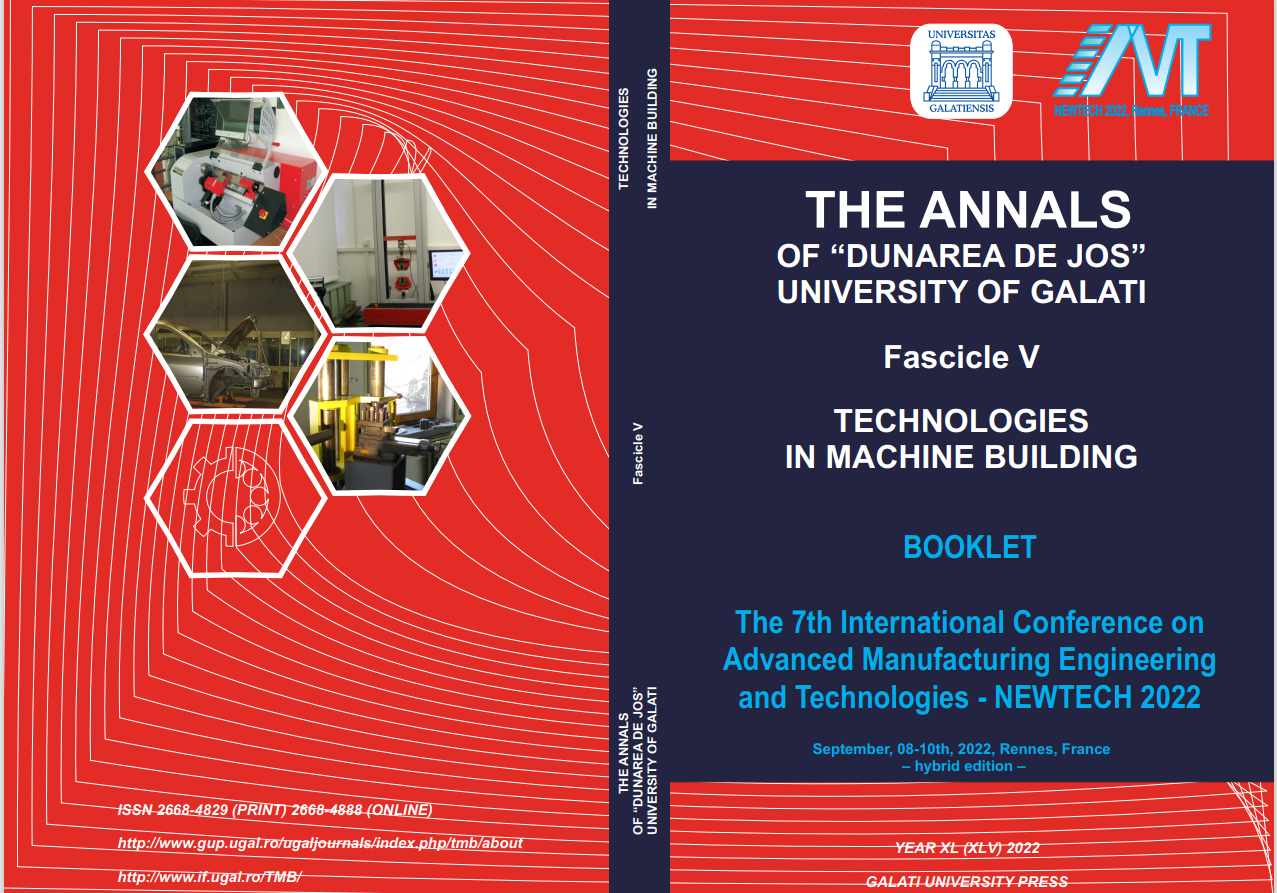Neural networks for predicting kerf characteristics of CO2 lasermachined FFF PLA/WF plates
Résumé
The current work is a follow-up of previous research published by the authors and
investigates the effect of CO2 laser cutting with variable cutting parameters of thin 3D printed wood
flour mixed with poly-lactic-acid (PLA/WF) plates on kerf angle (KA) and mean surface roughness
(Ra). The full factorial experiments previously conducted, followed a custom response surface
methodology (RSM) to formulate a continuous search domain for statistical analysis. Cutting direction,
standoff distance, travel speed and beam power were the independent process parameters with mixed
levels, resulting to a set of 24 experiments. The 24 experiments were repeated three times giving a
total of 72 experimental tryouts. The results analyzed using analysis of variance (ANOVA) and
regression, to study the synergy and effect of the parameters on the responses. Thereby, several neural
network topologies were tested to achieve the best results and find a suitable neural network to
correlate inputs and outputs, thus; contributing to related academic research and actual industrial
applications.


